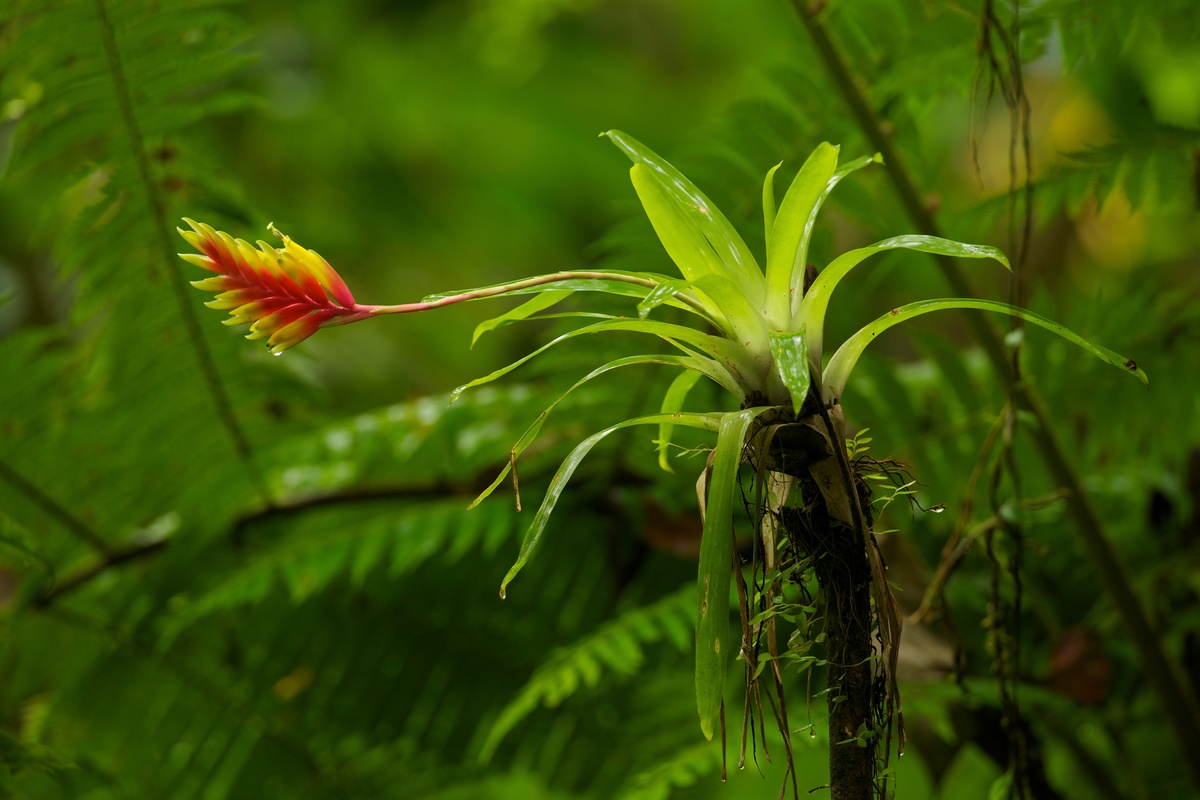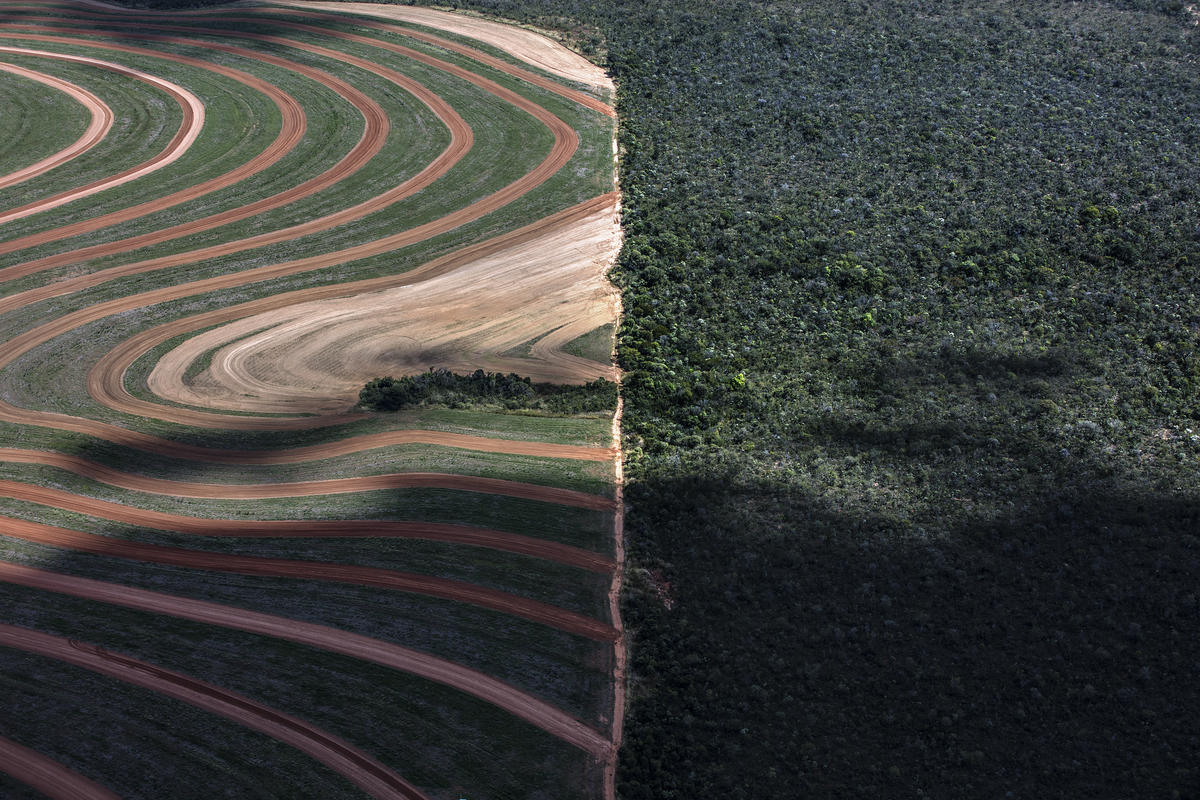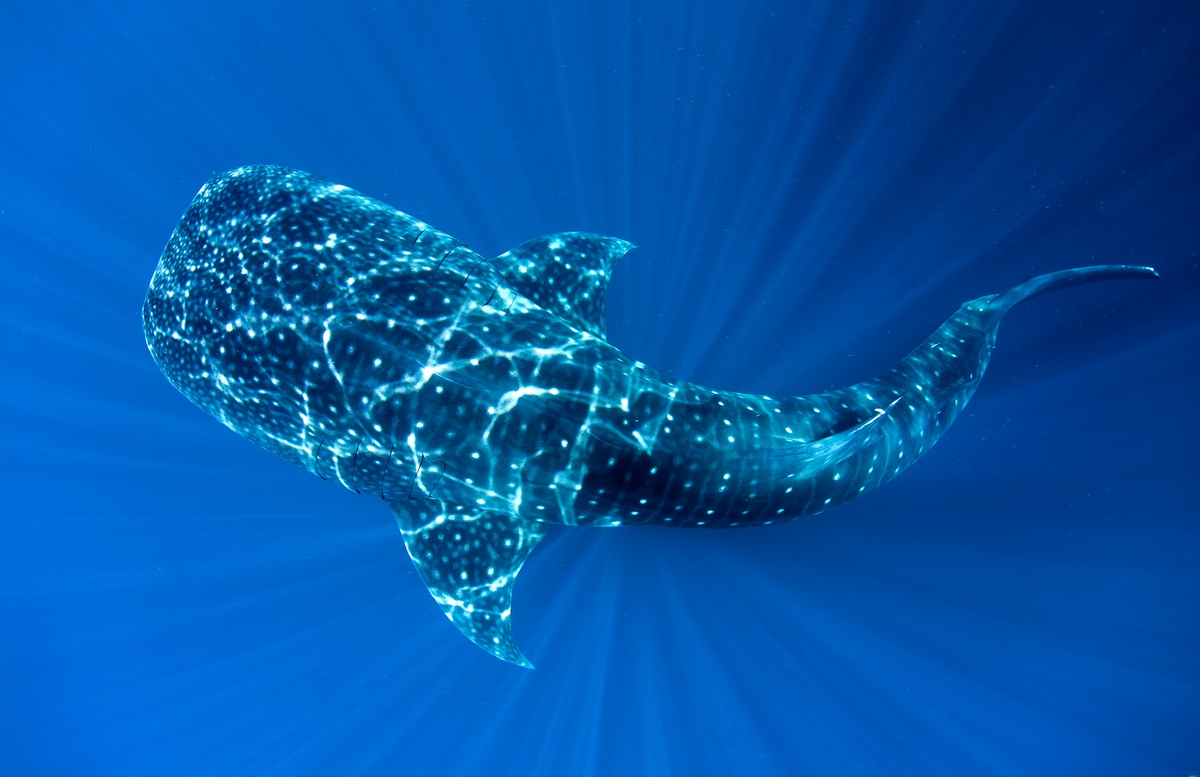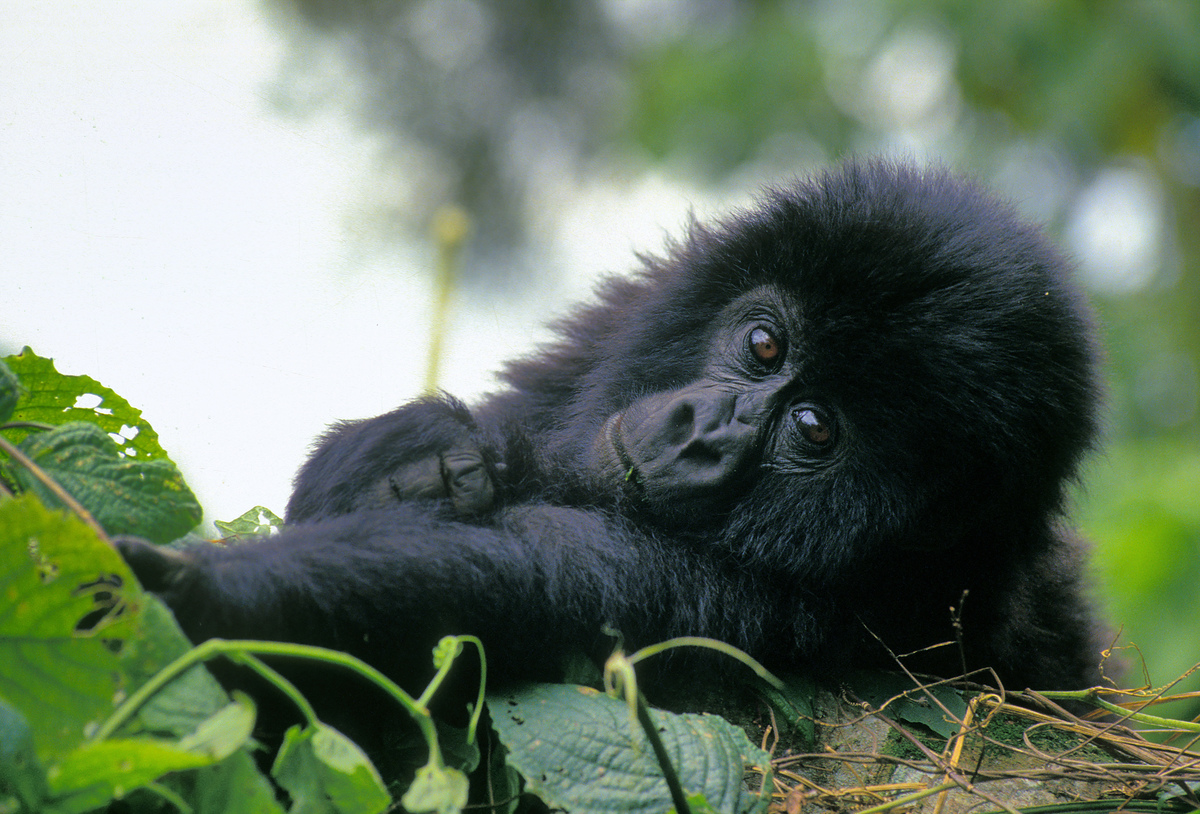In pictures: standing with the guardians of the forest

It’s the International Day of Forests today – an opportunity to shine the light on one of the world’s largest rainforests, the Amazon. Not only does the Amazon play a crucial role in regulating the world’s climate, it is one of the most diverse ecosystems on the planet and home to Indigenous Peoples. But all of this could be lost due to the destructive illegal logging and cattle ranching industries. The pictures below show the beauty of the Amazon as well as the effects of deforestation on Indigenous Peoples like the Karipuna, who depend on the forest.



This park reserve is one of the most bio-diverse in the region and is currently under threat from illegal logging and fire.

The Karipuna Indigenous Land, located in the municipalities of Nova Mamoré and Porto Velho, in Rondônia state, has been rapidly destroyed by the ostensive invasion of loggers and grileiros (land grabbers). Although it was recognized as an Indigenous Land by Brazilian government in 1988, over 11,000 hectares of the Amazon forest have already been destroyed; 80% in the last three years alone. Even the sale of lots has been carried out by the invaders. The Karipuna are a indigenous people of recent contact with surrounding society, and were almost extinct in the 1970s. Currently, the Karipuna population totals 58 people.





Activists from #Resist, a movement that brought together 150 entities (environmentalists, countryside dwellers, indigenous people and human rights defenders), leaves a clear message in front of Palácio do Planalto, Brazilian President Michel Temer’s workplace: NO MORE attacks on the environment and human rights from Temer government and the agribusiness lobby.



Article Tagged as: Amazon, Featured, Forests, Uncategorized, forest, in pictures, Indigenous, rainforest



